Andrea Botto was born in 1973, in Rapallo (GE), where he lives and works. Interested in the cross-pollination of various contemporary art mediums he uses photography as a means of dissecting the world in order to expose its stratifications. His research focuses on the aesthetics of destruction, through the signs made by Nature and by man in the Landscape. Since 1999 he has exhibited his work in one-man and group exhibitions in Italy and abroad, winning important international awards. He usually gives lectures and educational workshops in museums and institutions. From 2004 to 2013 he taught at the Istituto Europeo di Design in Turin and since 2006 he is artistic director of the Rapallo Contemporary Photography “Artist in residence” program. He is one of the founder members of the artistic collective Fotoromanzo Italiano. His works are to be found in private and public collections.
Tell us about your approach to photography. How it all started? What are your memories of your first shots?
Andrea Botto (AB): I think I had a “vernacular” meeting with photography, I grew up among lots of family albums, all made by my mother, a passionate amateur photographer. Since I was a child my interests have always been drawing and comics. I think that a lot of my visual education arises from this popular medium. After high-school and a couple of years of college, I decided to try to follow my passion for illustration, but the hard reality was that the scientific studies were not helping me, and my hand was not as good as I thought… So, maybe due to this disappointment and almost as a fallback, I decided to enroll in a course in Photography.
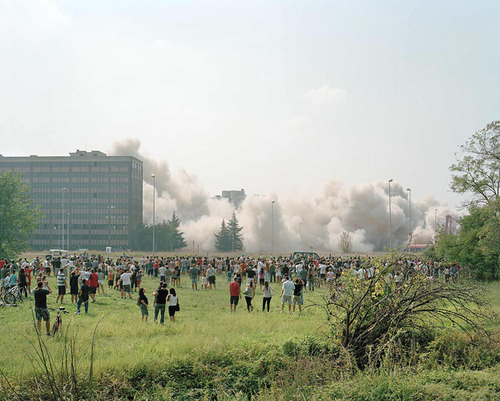
© Andrea Botto, KaBoom #5, 2011
My first real shots were then rather late when I had already aimed at learning the profession. From previous experiences with photography I only have vague memories, one in particular of a trip when I was in middle school, during which I forgot the camera somewhere, the one that my mother had lent me. She still reproaches me for that today.
How did you get to IED? What was your first teaching experience? What directed you towards a teaching career?
AB: I arrived at IED in Turin as a student in 1994. Right there, together with other colleagues, during the last year I had an experience as a trainer of the guides who were supposed to accompany and explain to the public the works, partly photographs, exhibited at the Biennale of Young Artists. I remember that I liked it a lot and in the years after graduation, while starting work as a professional photographer, I had another experience,presenting my work and studying history and photographic technique at a university or other institutions.
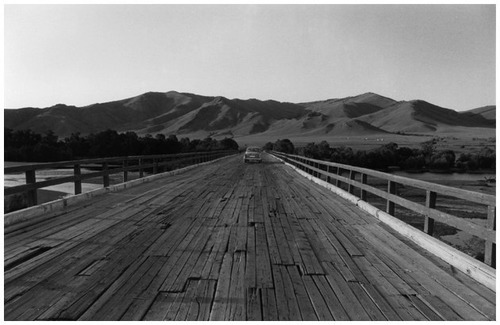
© Enzo Obiso, Mongolia, 1991
Of course, I always had the attitude of sharing knowledge,of networking with others and knowing well the limitations and problems that I had faced after my graduation. So when in 2003, Enzo Obiso, head of the Photography course at IED in Turin, called me to make a couple of meetings to tell students about my experience, I accepted with enthusiasm. The following year he asked me to teach a course and from there I started officially teaching, first in the specialization course and then, since 2007, in the three-year course.
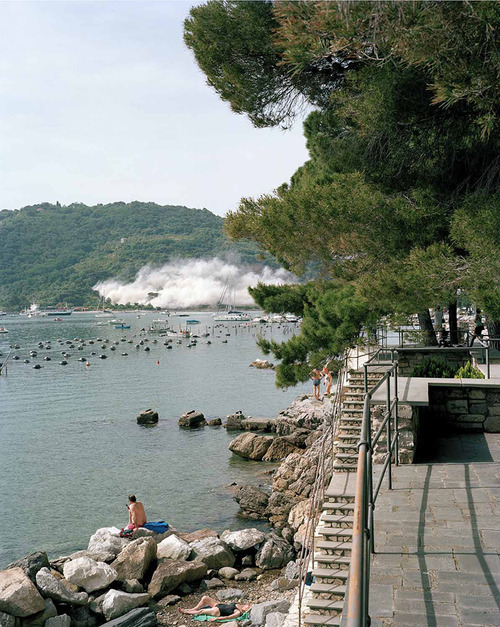
© Andrea Botto, KaBoom #4, 2011
What was your path as a student of photography? Where did you study and with whom?
AB: As I said before, I joined the Istituto Europeo di Design of Turin in 1994 and I graduated in 1997. I had the chance to meet from the very beginning, among others, a very passionate teacher, Robert Goffi, who introduced me to the zonal system of Ansel Adams, giving me method and discipline. It was clear to me from the beginning that I would focus on landscape, places and architecture, but working in studio with still life also helped me a lot when developing confidence and mastery of the subject and light. During the third year of the course there was a turning point with the arrival of Denis Curti, at that time artistic director of the Italian Foundation for Photography in Turin and the Biennale of Photography. This event brought in new teachers, including Enzo Obiso, Patrizia Mussa, Giulio Buono, Giacomo Giannini and Maurizio Galimberti.
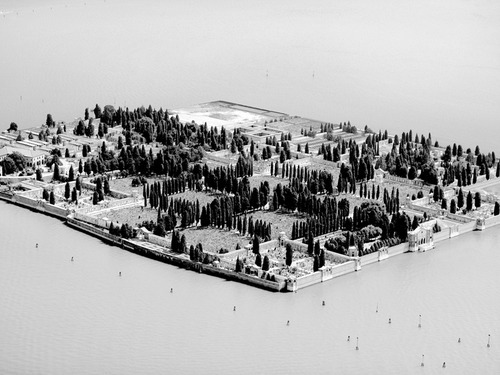
© Olivo Barbieri, Site Specific Venezia, 2009
All this has opened up new perspectives not only on the profession but also on aspects of authorship of artistic research. I got the chance to meet and compare myself to greats such as Mimmo Jodice and Olivo Barbieri who was also my mentor for the thesis project. Then, of course, my “training” path continued even after graduation and it still continues, since it is true that you never stop learning.
Since this is a series of interviews that discusses the current state of photography education, could you please introduce us to your program at IED. The size, the number of students, what classes you teach, the studentsʼ demographics?
AB: At IED I teach Architecture and Industrial Photography during the second year and I have an average of fifteen students. The course is divided into theoretical lessons and practical exercises on the field, with assignments and reviews in progress. I also ask my class to work on a personal project for the exam. The first lessons are very focused on the history of photography and on some specific authors analyzed as case studies. Apparently the course is very specific and technical, but I make an effort to work on the approach and design skills while developing a working method. Notwithstanding the technique and the unwritten laws of architectural and industry photography, I try to insist more on the approach of each student, making sure how this would fit the needs of any client which adds a professional value to their skills. The contemporary photographer, especially the one who works on places, is no longer just a good technician.
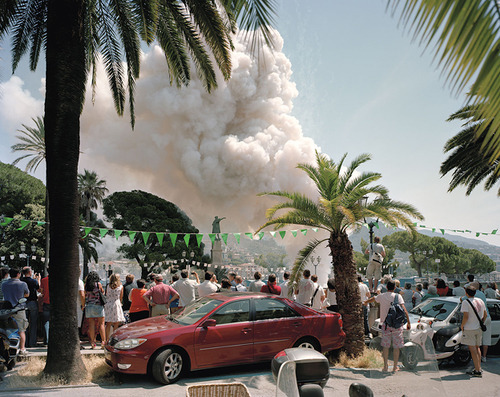
© Andrea Botto, KaBoom #17, 2009
Talking about Architecture today means to explore and deal with complex social phenomena: from the strong signs drawn by international archistars to the use of public and private space, from large-scale infrastructure to to large gatherings or migration of people, from urban changes within large cities to the globalization of transport and communications, to the new landscape of the network. Also the more focused work has cross-references to an international scope. To address these issues, the author must necessarily be informed on the world-stage, on the studies, on the projects and on the new trends in the world of art. Knowing that we are in the frontline to face the outside world, questioning its complexity, in order to bring these same questions to those who will look at our pictures.
You divide your time between the Assistant Professor and your personal artistic research. How do you manage these different paths and related points of view? And how is it possible to share these aspects of artistic practice in teaching and with student careers?
AB: Actually the paths are more than two, because there is also professional work which increasingly coincides with the research and affects not only the creation of images but also the construction of projects, promotional and cultural activities, constant reflection on language and mediums, sharing with others, etc.. The course is also very useful to me in order to have a constant feedback on current and on-going changes. These reflections come into my research work, maybe in an indirect manner, and from there they go back in a different way into teaching, hybridized, in an interesting game of mirrors.
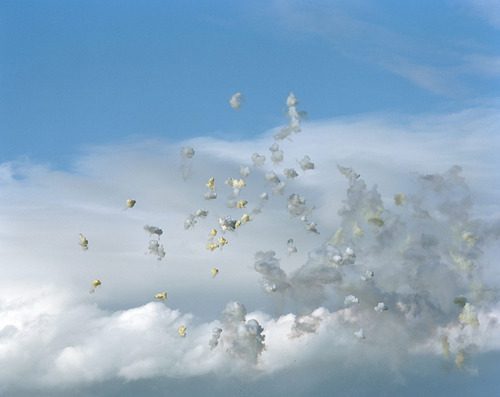
© Andrea Botto, KaBoom #8, 2010
I try to share as much as possible my experience with my students, even on the daily aspects of the profession and to give a testimony of what it means today living 24/24 hours of Photography, through the constant commitment, curiosity and dedication, like a “ministry”, with all that implies. Years ago I was led to believe in keeping my various activities quite separate from each other. Maybe today it is more correct to say that everything I do, including education, is part of a unique research project.
What are you working on lately? Do you expect new projects for the future?
AB: My current project, started in 2008, is called “KA-BOOM” and it’s a research on the use of explosives. A metaphor of the contemporary world, its destruction, the one we see every day as spectators, but it is also a reflection of a certain idea of photography, perhaps even a necessary cruelty to raze in order to start over. After having exhibited it at the Festival of Photography in Rome in 2012, where I also won the Graziadei prize for the best ongoing project, KA-BOOM will be presented in a solo exhibition in Venice in the autumn of 2013. I’m not able to do just one thing and I love to find new motivations, even just for experience. For this reason, in parallel, I have created together with other colleagues the collective “Fotoromanzo Italiano”, an art project in progress on the use of the image of today and the mass culture of our country, which is realized through further actions.
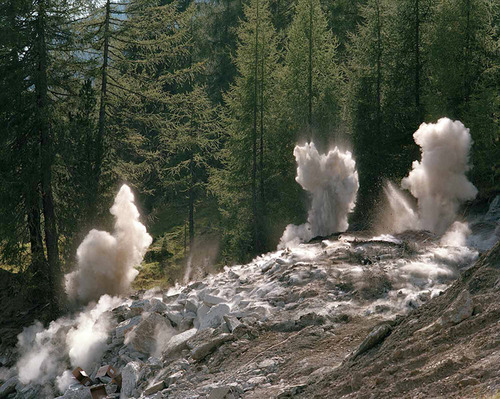
© Andrea Botto, KaBoom #7, 2011
After the launch of the site Foto Romanzo Italiano, we participated in a series of events and we are now working on a site-specific project entitled “Fall in love at Milan,” created on Facebook and designed specifically for the exhibition “Milan and Beyond”, curated by Connecting Cultures at the Milan Triennale.
What are your inspirations in terms of books and photographers that you have loved the most? Do you have a book to recommend to our readers? Which emerging photographer has recently interested you?
AB: I think that, from childhood, the book that affected me the most was “Journey to the Center of the Earth” by Jules Verne, including its old film adaptation. Then I would put in second place comic books, as I have already said, in particular the works of Jacovitti, but also Alan Ford and Dylan Dog. Moving on to photography I can not mention “Niente di antico sotto il sole”, a book that collects all the writings of Luigi Ghirri, author of which I consider essential the thinking even before the creation of images. Other authors to which I feel in tune with are Joel Sternfeld’s “American Prospect” and “On this site”, Mike Mundel and Larry Sultan with “Evidence” and Joan Fontcuberta, whose every book I recommend , including the texts of “Pandora’s camera”, recently translated into italian. Even the work of Joel Meyerowitz, in particular the one on Ground Zero, was a great inspiration for me.
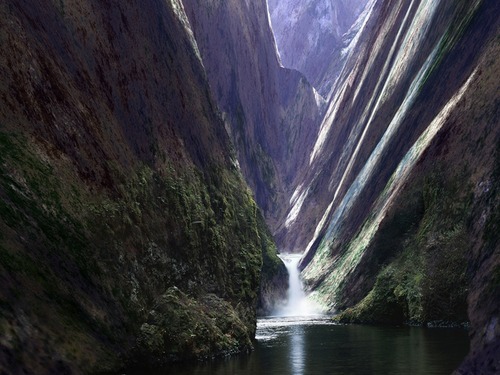
© Joan Fontcuberta, Orogenesis Derain, 2004
Of course I follow with great interest the research of many contemporary authors, such as the “new” americans, Taryn Simon, Alec Soth, Christian Patterson, european colleagues, Geert Goiris, Joel Tettamanti, Charlotte Dumas, Francesco Jodice and all the other italian photographers of my generation. Leaving the specifics of photography, lately I was very impressed by “Manifesto of the new realism” of the philosopher Maurizio Ferraris and “Sculptors of Hope,” an essay on art in the age of globalization written by Anna Detheridge. I see very often young Italian authors who do very interesting work and it makes me hopeful for the future. But I think we should protect them more, helping them to grow and not to disperse, making more of a network.
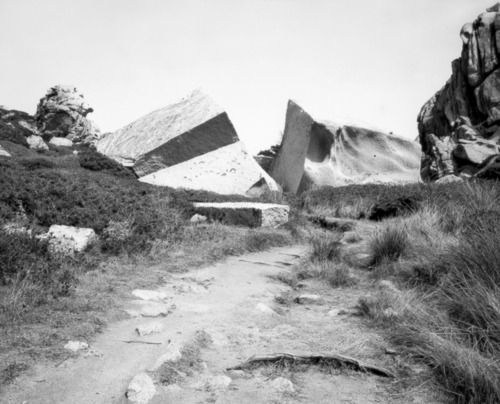
© Geert Goiris, ‘Broken’ from the series Continental Drift
Then I’m really happy to speak about some of my former students of the IED, which are working well, carrying out their research in a coherent way, earning prestigious awards: Francesca Cirilli, Nadia Pugliese and Vanessa Vettorello. The fact that they are women certainly has an added value, especially in Italy. Another very interesting case is Anna Positano, architect by training, I met her a few years ago and she is doing very good works. I am also interested in collective experiences of authors who choose to work in groups, such as Luoghi Comuni or my friends of Minimo Comune Multiplo Lab. With many of them I think there are affinity of thought and a common feeling for photography and its evolution, ranging beyond the immediate and visible outcomes of the individual projects.
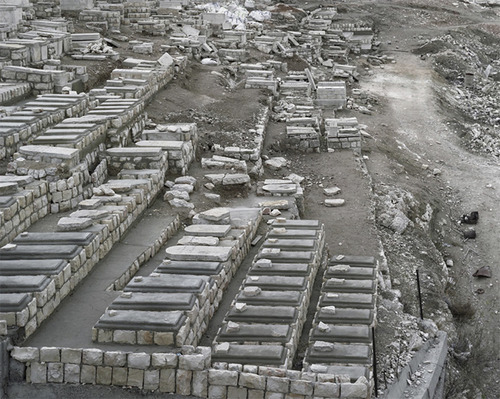
© Nadia Pugliese, K, 2010-2011
I want to include in this talk even young critics and curators, scholars of contemporary thought, and we are really in need of them. Thanks to them I got to know other interesting authors. I will mention just one, Matteo Balduzzi, curator of the Museum of Contemporary Photography in Cinisello Balsamo, that with the project Art Around has involved many young people who have demonstrated personality and awareness, such as Nicola Nunziata and Fabrizio Bellomo. A final word for Filippo Minelli, I really like his research on the image and I’m sure we will hear about him in the future.
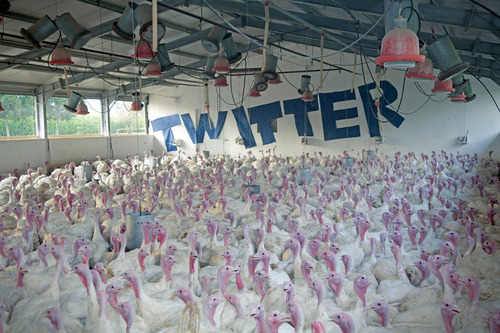
© Filippo Minelli
What’s your opinion about the italian photography panorama?
AB: This is a difficult question… Unfortunately, we all know the general situation and the Italian “little old world” of photography is no exception. Fugitive institutions, training in emergency, photographic culture headed by self-appointed people whose only interest is to maintain the status quo and a pervasive silence, for fear of some kind of retaliation, especially in my generation, defined as “lost” by most. A “seized” system in short. How to get out? This is the real question. First of all stopping to complain and everyone has to take a piece of responsibility, both from failure and from the effort of reconstruction. When it is removed, rejected or made liquid, it may need to rebuild this blessed reality, perhaps passing right through a new realism and being a bit more concrete and proactive.
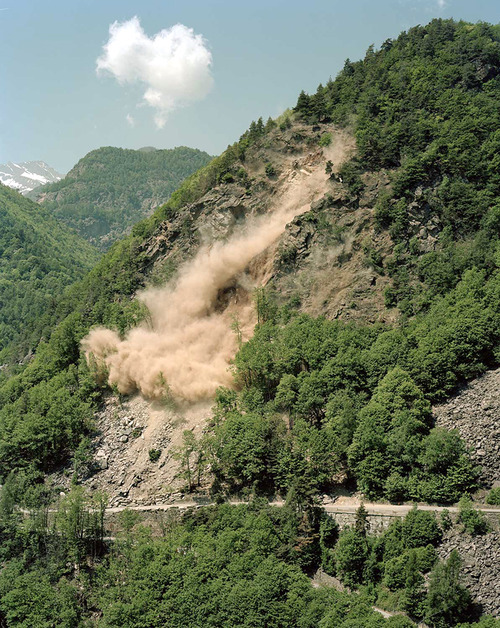
© Andrea Botto, KaBoom #4, 2011
Because we do have the basis and they are very strong, starting to transform the limits into virtue, starting with the landscape, intense theme, difficult, contradictory, but certainly in a typically Italian dna, from simple subject to contemplate and becomes the instrument through which communicates a new approach to the real and a new idea of the future. Then mapping the local experiences of active authors in their territory in a non-dogmatic conservative way and putting them on the net, making sure that they speak, they can interact and discuss their urgent needs, by asking new questions. We must think we are a community, trying to share experiences, helping each other to grow, to finally build a system of photography in Italy, worthy of this name. With some colleagues we are trying and we would like to soon organize a public debate to begin to channel the positive energies that are there, to make them finally emerge. All we need is a little confidence, really rare in these days, but we must insist.
---
LINKS
Andrea Botto
Italy
share this page